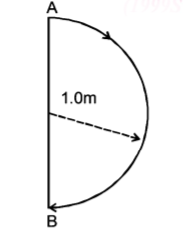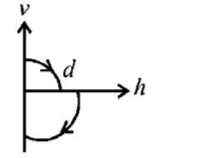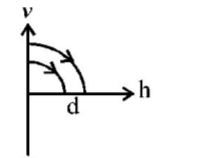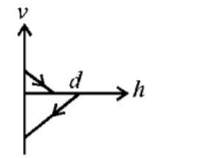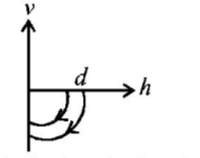Question
A river is flowing from west to east at a speed of $$5$$ metres per minute. A man on the south bank of the river, capable of swimming at $$10$$ metres per minute in still water, wants to swim across the river in the shortest time. He should swim in a direction-
A.
Due north
B.
$${30^ \circ }$$ East of north
C.
$${30^ \circ }$$ West of north
D.
$${60^ \circ }$$ East of north
Answer :
Due north
Solution :

Time taken to cross the river $$t = \frac{d}{{{v_s}\cos \theta }}$$
NOTE: For time to be minimum, $${\cos \theta }$$ = maximum
$$ \Rightarrow \theta = {0^ \circ }$$
The swimmer should swim due north.

Time taken to cross the river $$t = \frac{d}{{{v_s}\cos \theta }}$$
NOTE: For time to be minimum, $${\cos \theta }$$ = maximum
$$ \Rightarrow \theta = {0^ \circ }$$
The swimmer should swim due north.
